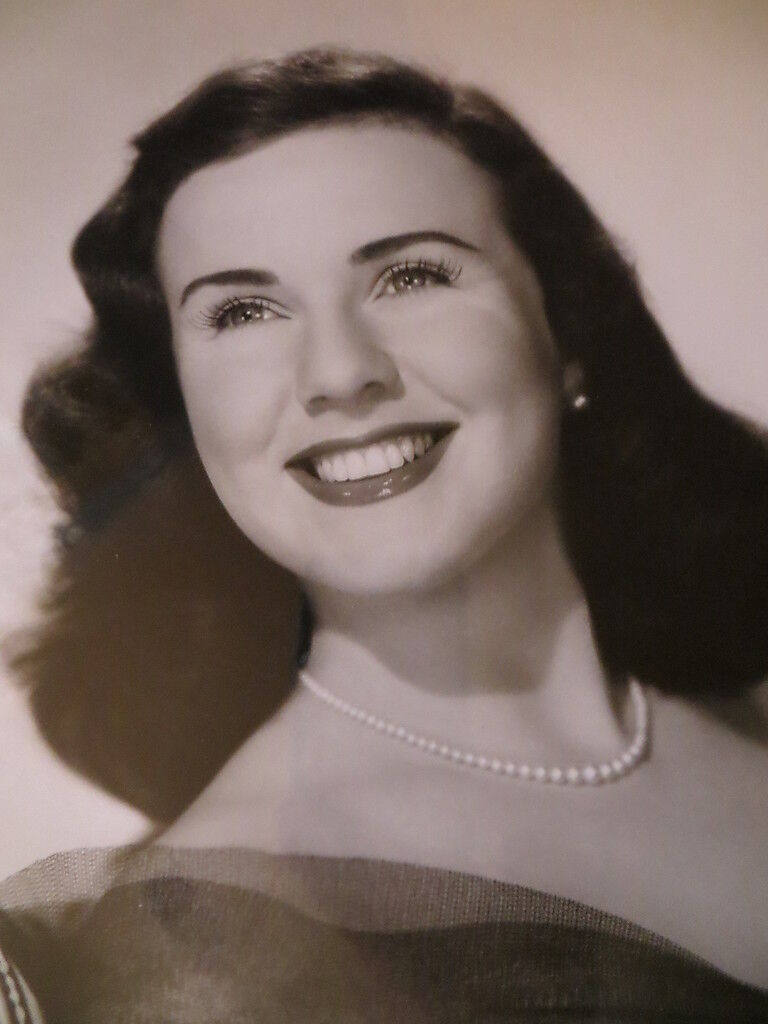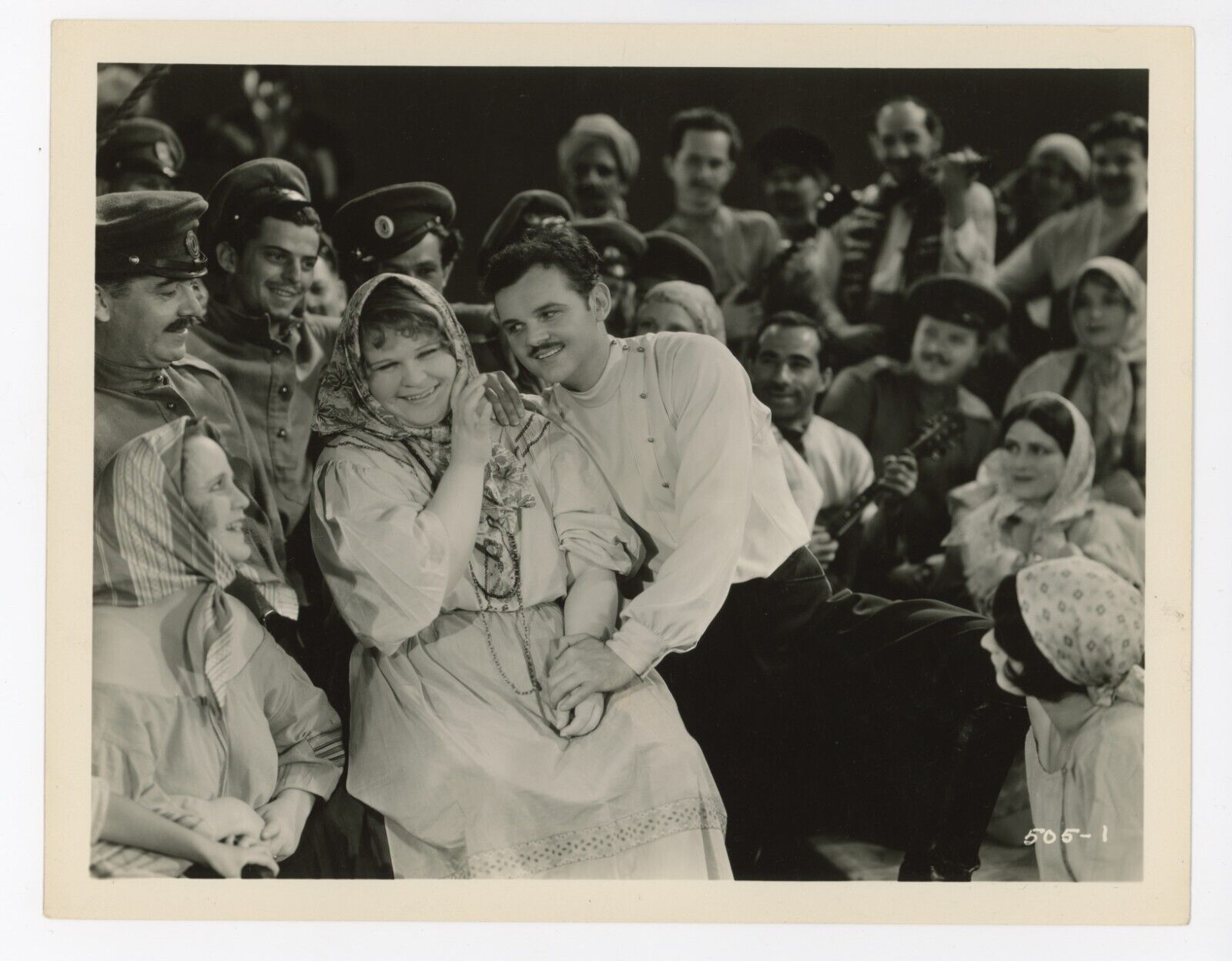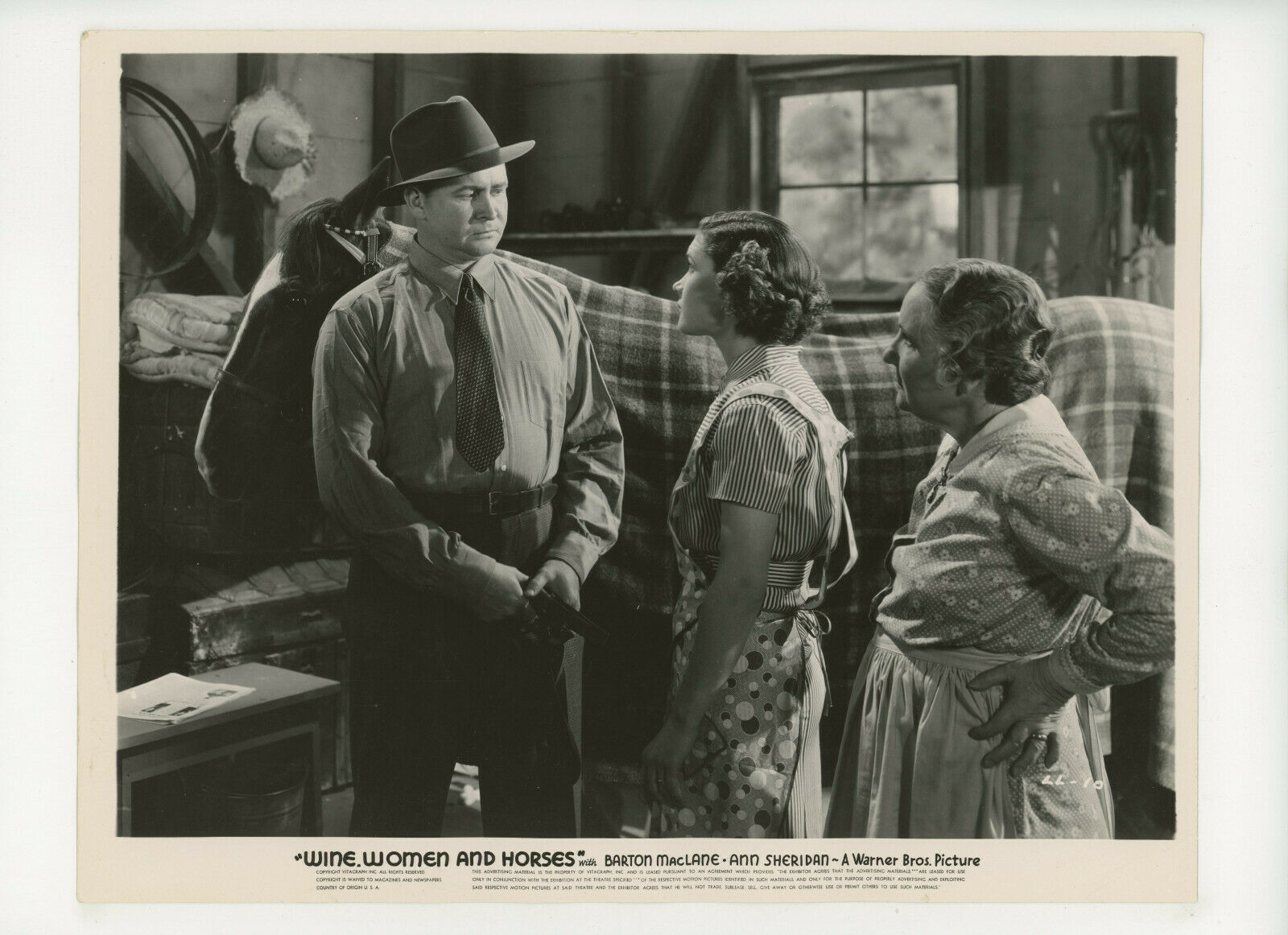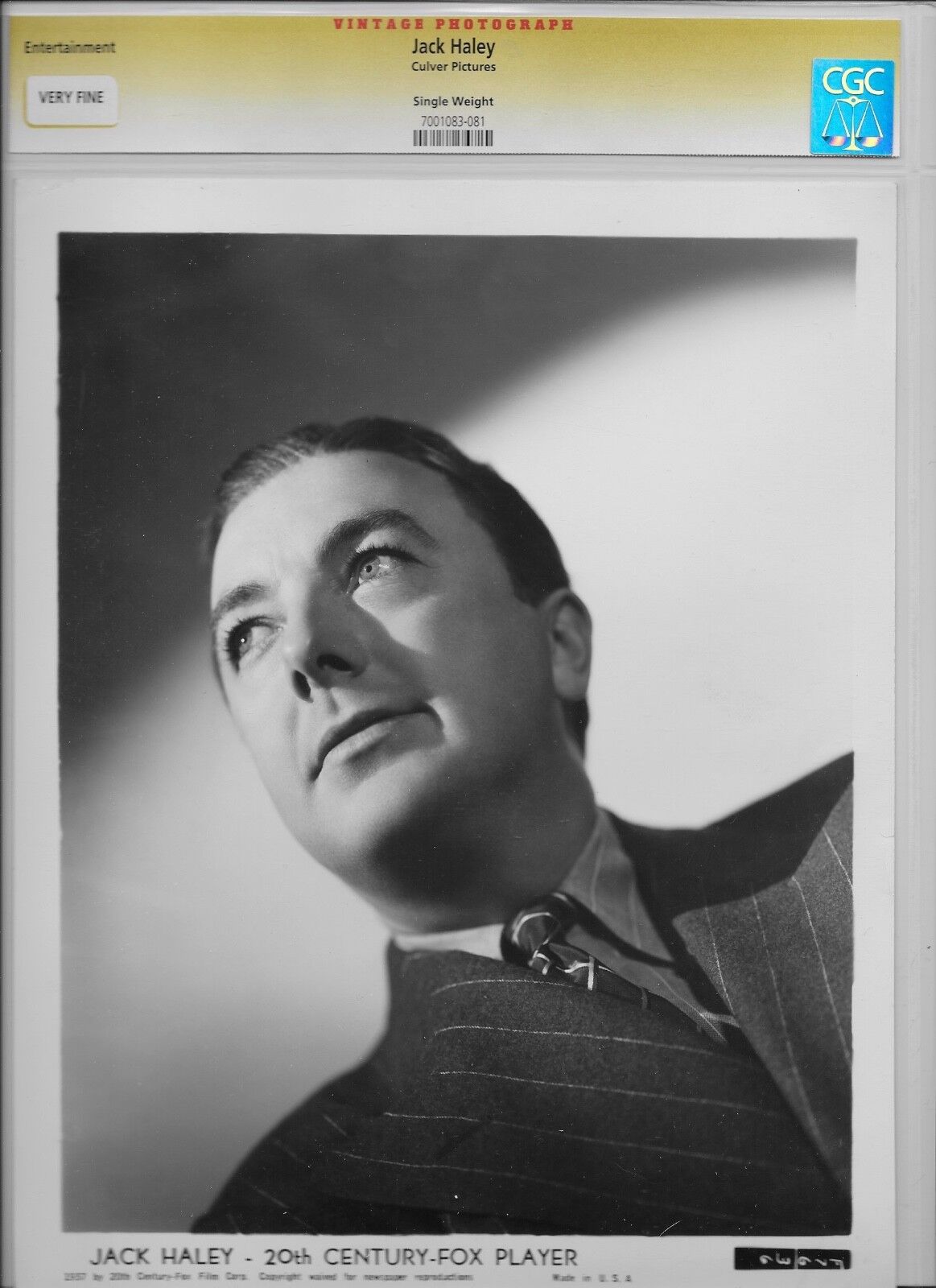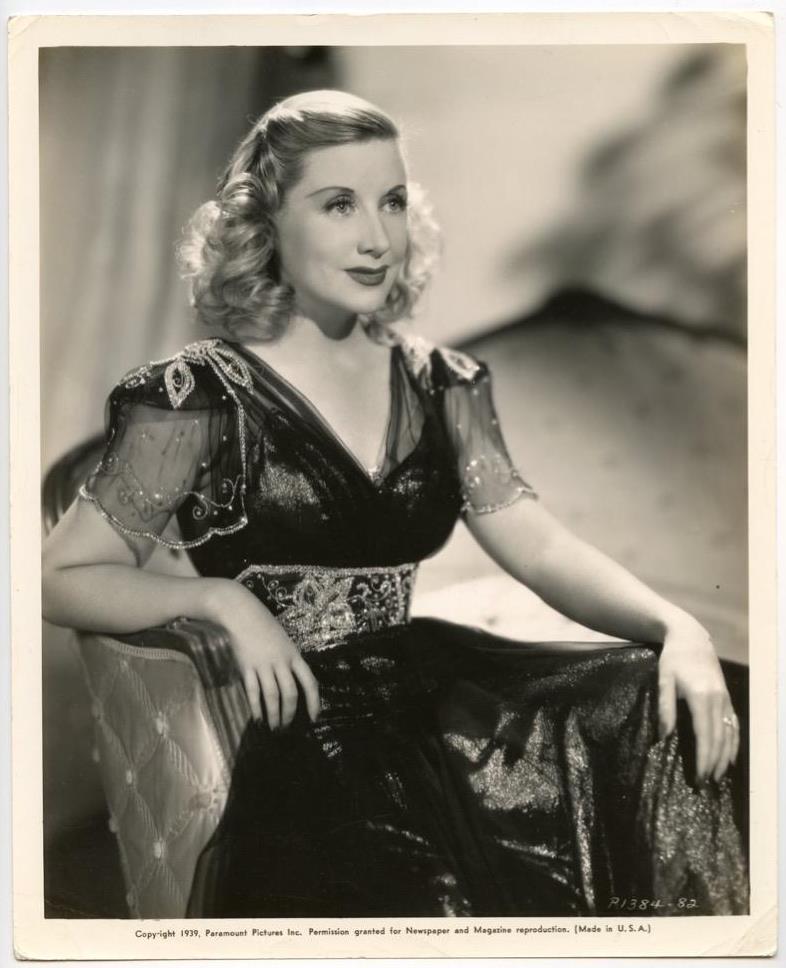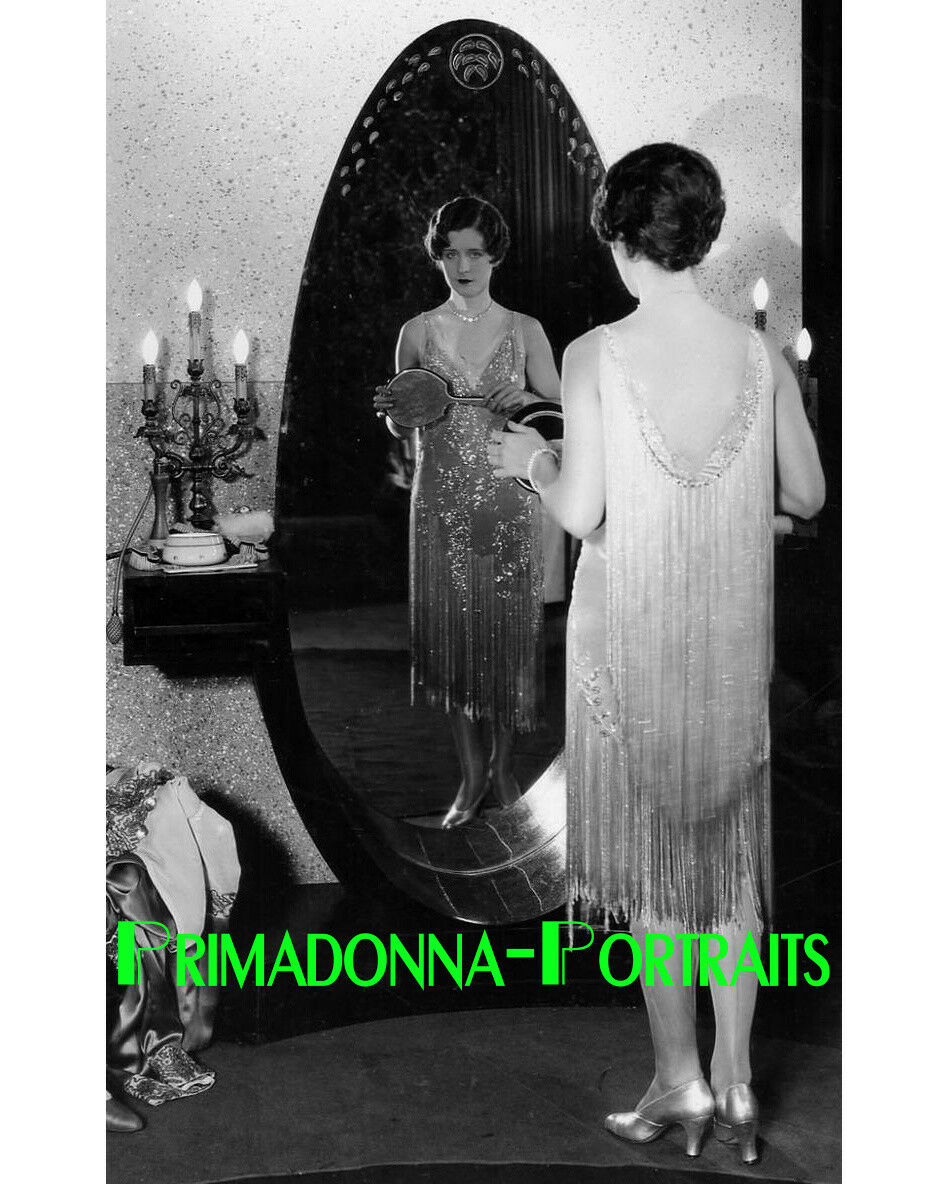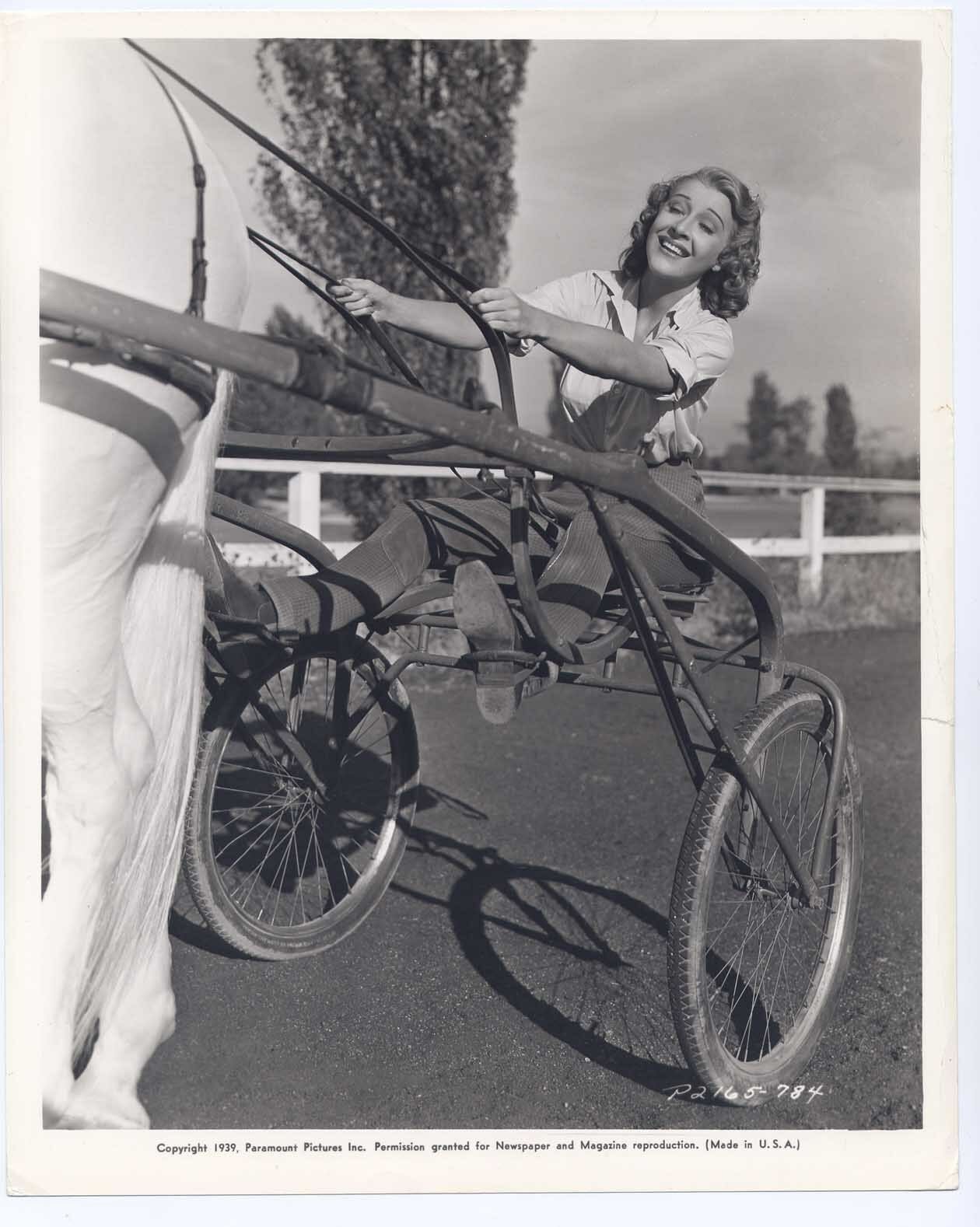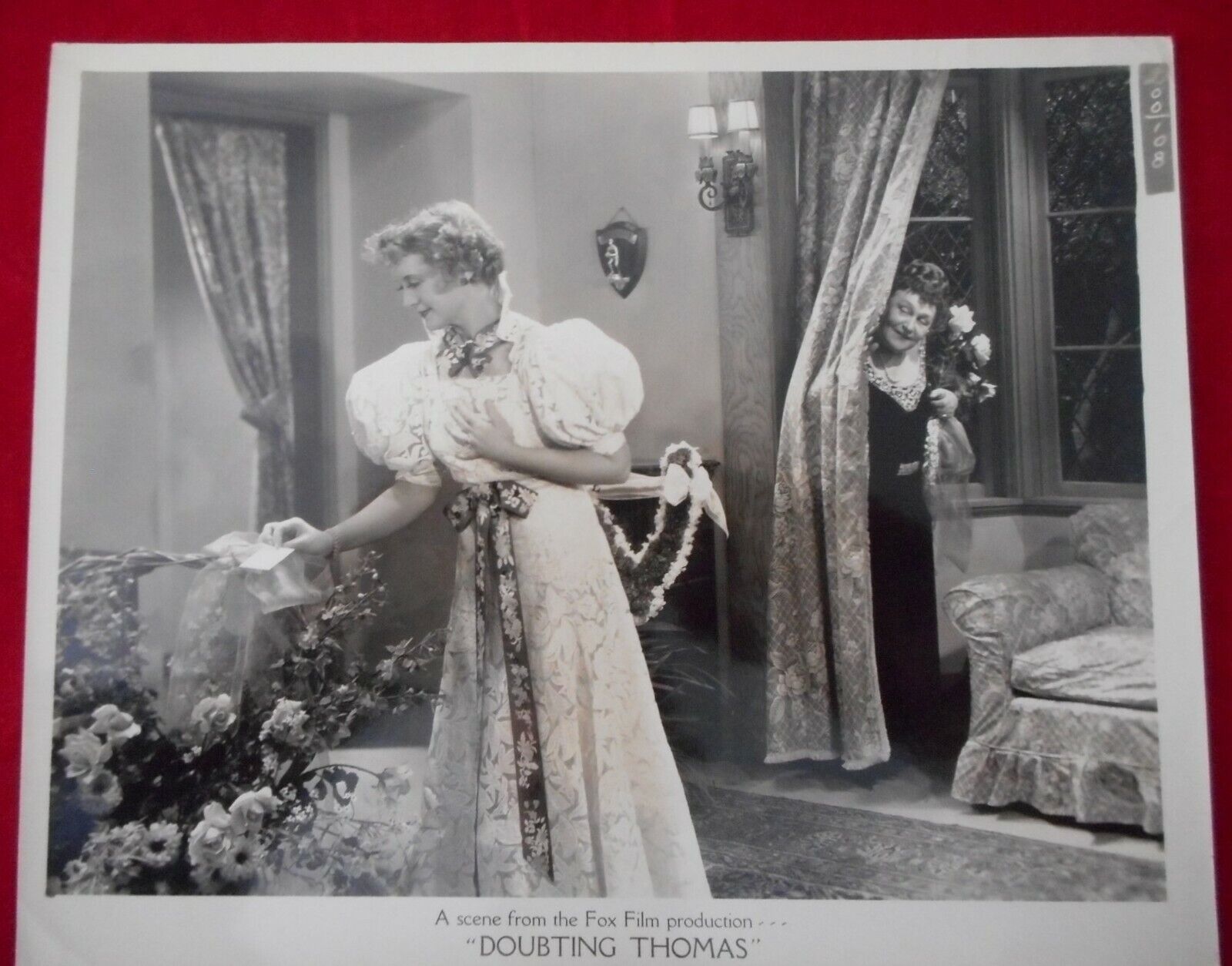-40%
Bow-Lipped Beauty Madge Bellamy Large Orig. 1920s Signed Russell Ball Photograph
$ 2.61
- Description
- Size Guide
Description
ITEM: This is a stunning, vintage and original hand signed large format photograph from a 1920s sitting between silent film actress Madge Bellamy and photographer Russell Ball. This is an exquisite portrait of the screen star that shows off her delicate features, doll-like eyes, and darkly rouged bow lips. A truly exceptional early Hollywood portrait that has been signed by the photographer in the lower right corner.Delicately pretty, Madge Bellamy was a charming silent screen heroine popular in the 1920s in mostly light fare. Bellamy's most important film is arguably the landmark John Ford Western,
The Iron Horse
(1924). She continued on into the early days of the sound period (probably her best remembered feature from this period is the 1932 haunting low-budget horror film,
White Zombie
), but her status quickly waned.
Photograph measures 10.5" x 13.5" without margins, as created, on a matte double weight paper stock with the photographer's ink stamp and handwritten notations on verso.
Guaranteed to be 100% vintage and original from Grapefruit Moon Gallery.
More about Madge Bellamy:
Madge was born as Margaret Philpott in Texas. She got her start in theater working with a stock company in Denver. Put under a personal contract by a Broadway producer, Madge got her big break when she replaced Helen Hayes in the Broadway play "Dear Brutus". Her success as a stage actress led to her being signed by Fox Pictures. After appearing in a number of movies in the early 20's, Madge was best remembered for her performances in 'Lorna Doone (1922)' and 'The Iron Horse (1924)'. A strong will contrasted the screen image of innocence and led to disagreements over roles by the late 20's. Madge had been cast in a number of movies each year and was in Fox's first dialogue feature 'Mother Knows Best (1928)'. But her refusal to work in the film 'The Trial of Mary Dugan', which was bought expressly for her, led to her contract with Fox being terminated. It would be 3 years until she returned to the screen in the cult favorite 'White Zombie (1932)' with Bela Lugosi, but her career was not going anywhere as Madge was just one of those old silent stars. For the next few years, she appeared in a small number of low budget films and by 1936 her film career was over. In 1943, she would again appear in the headlines when she shot her lover, millionaire A. Stanford Murphy after he jilted her to marry another woman. She did marry two other men, Carlos Bellamy, whose last name she kept, and then to Logan F. Metcalf. Both marriages ended in divorce. She has no children.
- IMDb Mini Biography By: Tony Fontana
More about Russell Ball:
Motion picture still photography, just like any brand marketing, is all about creating a recognizable and attractive product appealing to consumers and leading to sales. Going a step further, stills photography’s aim is to fashion a fantastic dream world, taking people into the realm of fervid imagination. Russell Ball, one of the early masters of portraiture, composed alluring, glamorous images of stage and screen stars, accentuating a naturalistc romanticism in his work.
Born March 24, 1891 in Philadelphia, Pennsylvania, Russell Earp Ball fell in love with photography as a twelve year old, shooting when he could. He worked as a Gas Light Manufacturing Co. salesman in 1910 supporting his mother after the death of his father, per the 1910 census. By 1912 Ball was working in New York as a newspaper photographer, and married his wife, Gladys Hall, later a famous movie magazine writer, on February 1, 1912. His World War I draft registration in 1917 lists him as a commercial photographer, and by 1920 he was shooting motion picture portraits, per the 1920 census.
By the early 1920s the Shubert Organization hired him for publicity stills for Sigmund Romberg shows “Innocent Eyes,” “Marjorie,” and “The Passing Show of 1923,” establishing a name as a Broadway photographer by 1923, per David Shields in “Still: American Silent Motion Picture Photography.” His cerebral, mercurial personality attracted many a stage and screen artist.
Ball worked as an independent celebrity photographer because he abhorred strict contract control and preferred working autonomously. He provided portraits for various print outlets of such silent stars as Alice Joyce, Alma Rubens, Lillian and Dorothy Gish, and Richard Barthelmess, and occasionally traveled west for special shoots for magazines like Photoplay. Motion Picture magazine featured many a glamorous portrait by Ball, dreamy and gorgeous.
Ball’s attractive style caught the eye of Rudolph Valentino, who hired him to shoot portraits of he and his wife Natacha Rambova. Ball also shot atmospheric stills for Valentino’s film “Monsieur Beaucaire,” oozing in style through his elegant composition and theatrical lighting, and went on to produce images of Gloria Swanson for Famous Players-Lasky “Zaza.”
Metro-Goldwyn-Mayer, impressed with Ball’s work on “Zaza” and “Monsieur Beaucaire,” hired him as an independent East Coast stringer in 1925. As such, Ball shot some of the first stills of a newly arrived Swedish actress Greta Garbo when she arrived in New York. His simple but sultry portraits made artists attractive yet accessible.
By the late 1920s, Ball, his wife Gladys, and their children moved to Los Angeles, setting in Beverly Hills’ Benedict Canyon. He continued shooting portraits independently for magazines like Cinematographer’s Annual and Motion Picture Classic as well as stars like Warner Baxter, Lila Lee, and Gloria Swanson, and she hired him as stills and portraits photographer for her film, “What a Widow!”
The photographer drafted articles for fan magazines like New Movie Magazine, describing the perfect way to make portraits. Ball called photographs “jewels of memory, consolidation in separation, reminder of love and friendship.” As such, they should present individual as themselves, not replicas of some famous personality or star. As he declared, “Look like you…do not try to look like somebody else.” Ball described the goal of photography as coaxing out the real inner person.
Ball emphasized naturalism and harmonious surroundings, shot with little to no decoration such as bare backgrounds, or perhaps a little prop like a block of wood or dramatic lighting, to keep the focus on the subject. By natural, Ball meant little to no makeup, no elaborate hairstyling, no special dress or jewelry, just something rendering the person comfortable and relaxed. Expression is most important, think of pleasing and happy moments to bring joy and be less self-conscious.
The photographer suggested several techniques to add beauty and realism Ball stated a slightly open mouth “adds charm” to a portrait. Those being photographed should exhibit “arrested motion” not be set and stiff, with the photographer capturing them in spontaneous moments. A man should slightly frown in a business portrait, which added virility and strength to his look. Those with light colored eyes should never look directly into the lens but slightly away.
As Ball also stated in a Picture-play article about celebrity portrait making, “Once a picture has appeared in print, it is immediately useless, because no longer exclusive.” He described how stars, unhappy with studio portraits, came to him in his messy, unpretentious studio every three months or so for new images to send out for publicity purposes. Ball would shoot around 75 to 200 images to select from, and then print anywhere from 500 to 1,000 prints for the stars to distribute.
Ball gave one word descriptions to some of his clients: Lilyan Tashman was “crystal,” Laura La Plante “dovelike,” Estelle Taylor “exotic,” and Evelyn Brent “mysterious.”
Ball was at MGM for a short time, leaving to open his own gallery at 9528 Brighton Way in Beverly Hills, where he shot images of both celebrities and wealthy patrons.
Ball worked with his wife Gladys Hall in co-writing plays in 1932 as she continued her work as one of the most important film journalists of the time, co-founding Los Angeles Women’s Press Club. On June 12, 1942, Ball died of a heart attack at the age of 51, leaving behind his family.
Ball’s rich, glamorous portraits give a luxurious, sexy, but easygoing sheen to his celebrity clients, helping shape the glorious iconic star images of romantic beauty for the next several decades.
Biography By: Mary Mallory /
Hollywood Heights: Russell Ball — An Eye for Glamour




